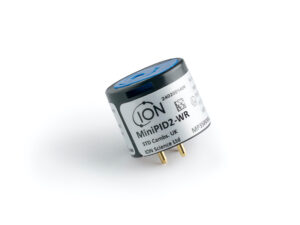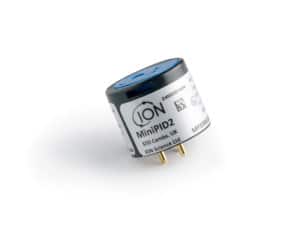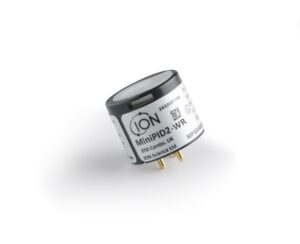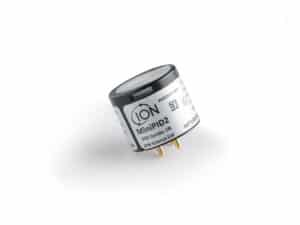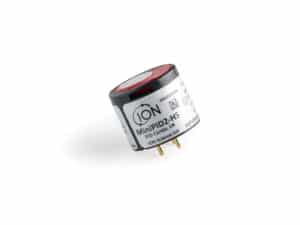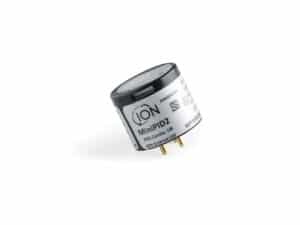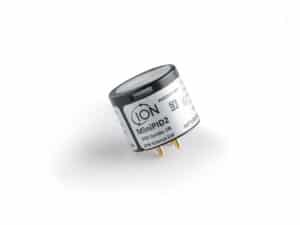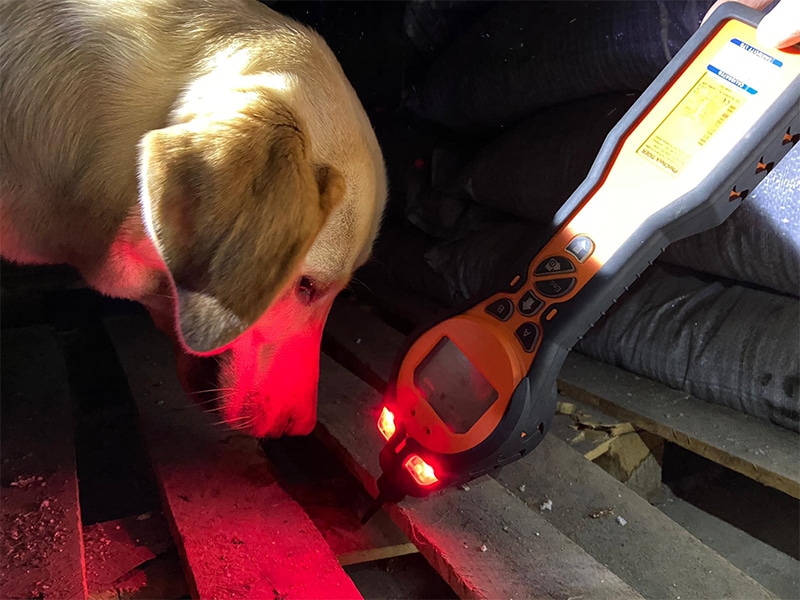
Canine and PID partnership for Fire Investigation Purposes
ION Science Tiger photoionisation detection (PID) instrument used as Arson Investigation Tool to work alongside Lancashire Fire and Rescue Service search and rescue dog team.

Client name
Lancashire Fire and Rescue
Product
Tiger portable Gas Detector
Industry/Application
Government and Defence
Measurement Instrumentation For Fire Investigators
The principal goal for fire investigators is figuring out how and where a fire started and where foul play is suspected, specially trained arson detection dogs are amongst their ‘tools of the trade’. It is common knowledge that dogs have a keen sense of smell, but the actual degree of sensitivity is amazing.
Smell is a dog’s primary sense, and it is 10,000 to 100,000 times more acute than humans. That analogous to being able to see and recognise something 500 meters away, a dog could see and recognise the same object 5000 kilometers away. Or, if you could taste a teaspoon of sugar in your coffee, a dog could taste a teaspoon of sugar in over 3.5 million litres of water.
In terms of detecting the residue of volatile organic compounds (VOC) that may be present at a fire scene from common accelerants such as solvents, gasoline (petrol) or diesel fuel, they have a sensitivity of 0.001 part per million (ppm).
The dogs have an extremely good sense of smell and are great at detecting and pinpointing the accelerants of a fire. But a PID provides an accurate, time and date-stamped reading of the VOC sample.
Lancashire Fire and Rescue Services
Lancashire Fire Investigation Dog Handler Lindsay Sielski, who started as a firefighter in 2006 before becoming a dog handler in 2015, explains why they were looking for a partner supplier to help them achieve all-round results performance during investigations.
Lindsay Sielski, Lancashire Fire Investigation Dog Handler Comments:
“I assist the LFRS team with site investigations alongside our four dogs, three of which I am directly responsible for. Each dog’s skills are tailored to support the service in different ways, depending on the nature of the emergency.
For example, Springer Spaniel Davey is an Urban Search and Rescue Dog who is deployed internationally. Another Springer Spaniel, Louie, clears areas where there may be casualties and his job is to alert the rescue team if he locates anything of this nature.
Our busiest dog is Labrador Rue, who works closely alongside me on fire investigations sniffing out chemicals or ignitable liquids to identify the cause of a fire. Together we attend all fire-related scenes of a suspicious nature, where fatalities may have occurred or large commercial premises are affected, for investigation purposes.
The dog aids the investigation with accuracy, working large areas quickly for the identification of ignitable liquids and even fallen fire debris. They can distinguish between naturally produced hydrocarbons and ignitable liquids which have been introduced to a fire scene, even if only a trace level remains post-fire. However, the dog can only show the Fire Investigator a location, so we then need a PID to take an on-the-spot quantitative measurement with a data reading which can be used as evidence.”
A proven scientific tool used in forensic fire investigations is the photoionisation detector (PID):-
For further more information on Detection Tools For Fire/Arson Investigation, Visit HERE
- PIDs are quick, simple to use and accurate for the detection of fire accelerants
- PIDs are very sensitive to commonly found accelerants and will detect hundreds of gasses and vapours in low concentration
- PIDs are non-destructive and will not affect the air sample which can be captured at the same time as the measurement for further lab analysis
- PIDs reduce the quantity and cost of lab samples required to reach a conclusion as to the cause of the fire
- PIDs are portable and battery-powered making them ideal fire and arson investigation instruments
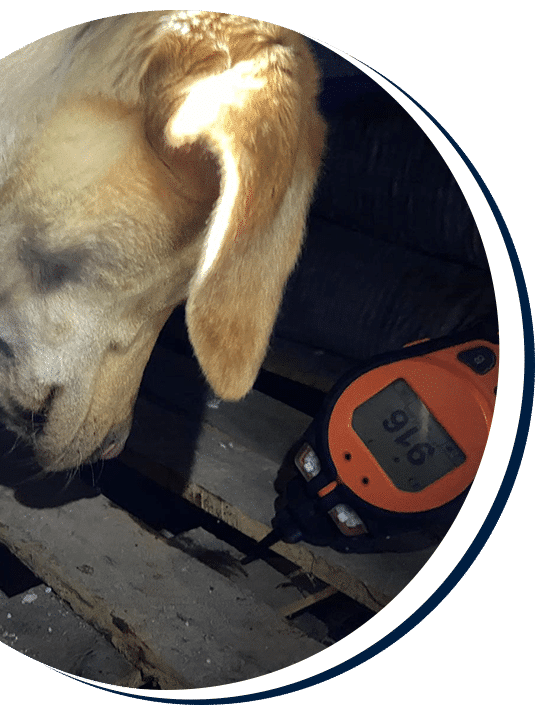
Lancashire Fire and Rescue
”I use the PID to give a quantitative reading to Rue’s indications. Quite often on a fire scene we can have 10+ indications but for the evidence to be admissible in a court of law the samples must be taken to the lab and be confirmed by gas chromatography mass spectrometry (GCMS) to contain substances from crude oil derivatives.
The PID aids the Crime Scene Investigator in deciding which samples will have the best outcome. Depending on the severity of a fire, sometimes the samples found by the dog are at trace levels and the PID assists us in understanding these levels before the confirmation of the GCMS. Both the dog and PID are correct so that is where the human skillset and knowledge of Fire Investigation takes precedence.
Lindsay SielskiLancashire Fire Investigation Dog Handler
Related Case Studies
Download your Customer Case Study
Click to obtain your Customer Case Study on Lancashire-Fire-Rescue-Service-Case-Study.
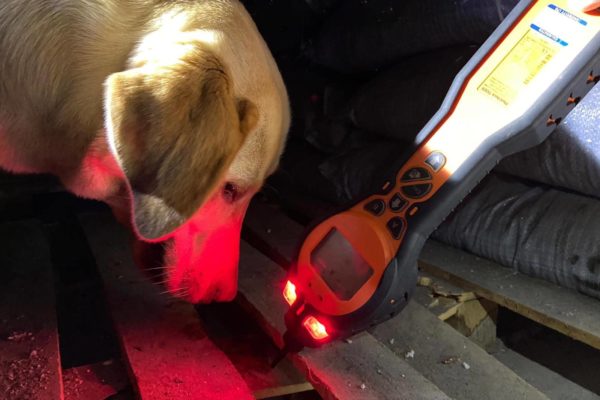
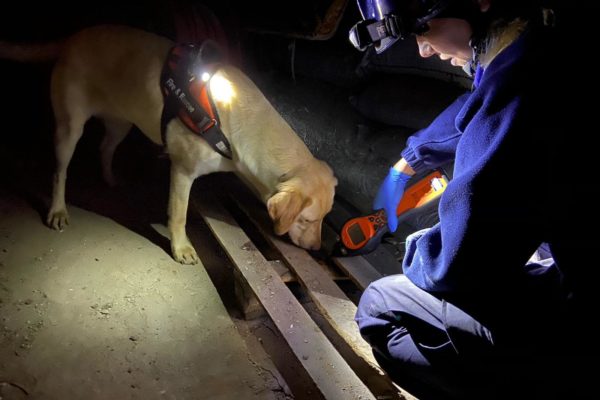
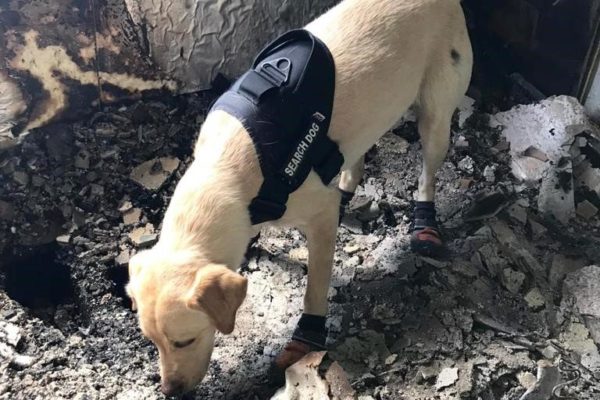
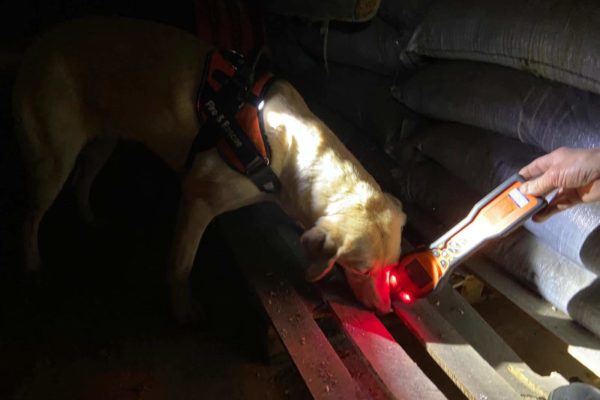
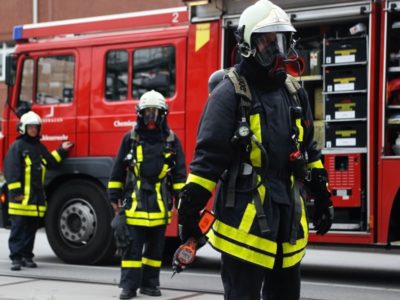






 United Kingdom
United Kingdom